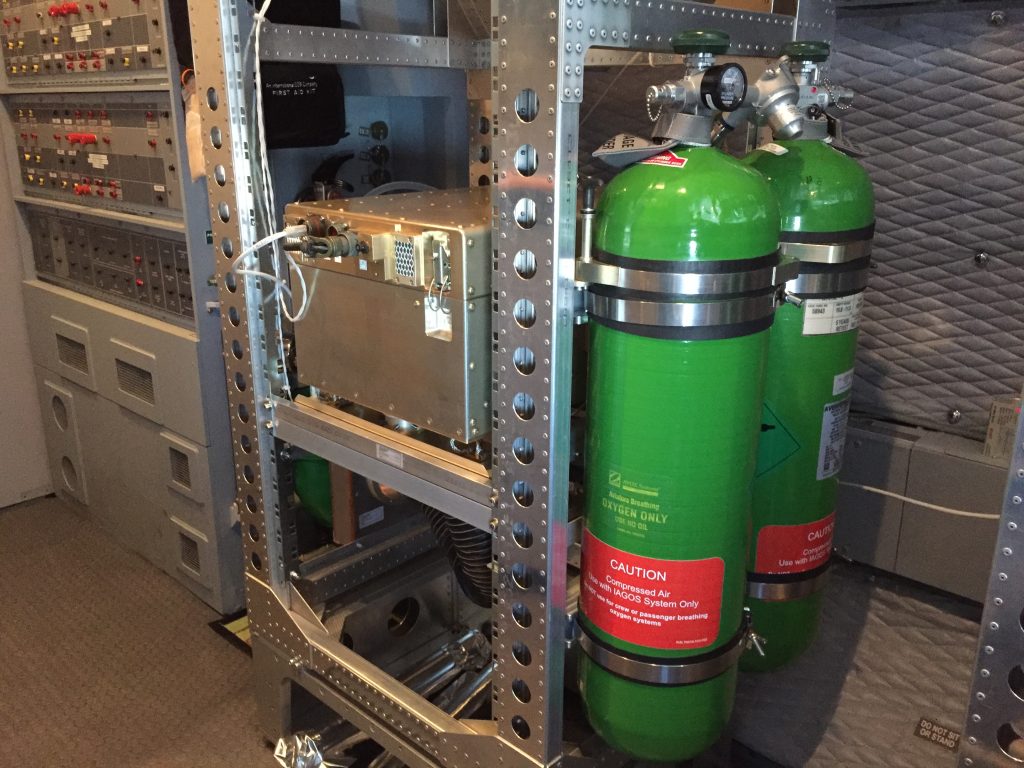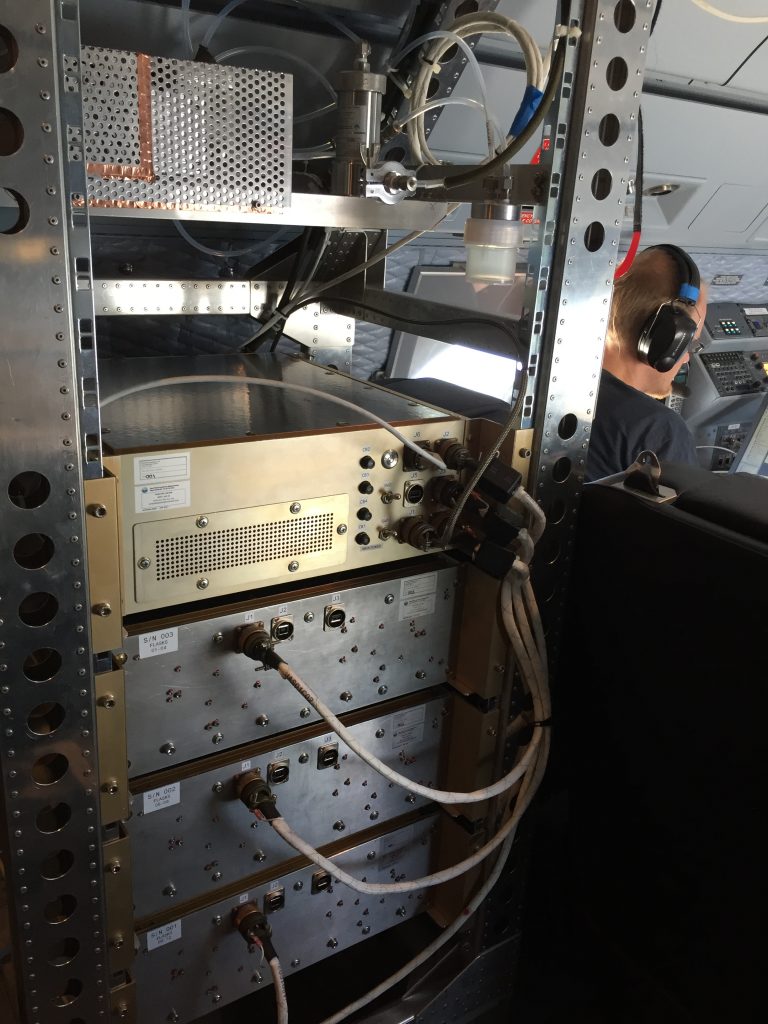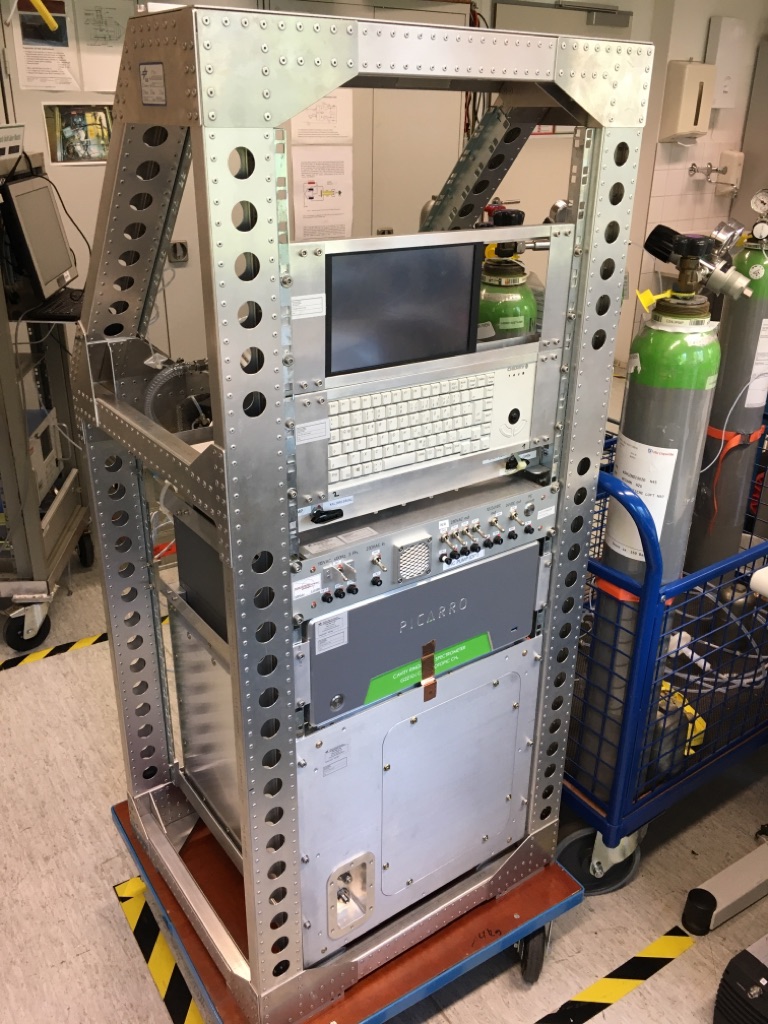JIG/JAS

The instrument JIG (Jena Instrument for Greenhouse gas measurements) has already been successfully used aboard HALO for in-situ measurements of CO2, CH4, CO, and H2O during the CoMet 1.0 Mission in 2018. JIG uses the Cavity Ringdown Laser Spectrometry (CRDS) technique and is the HALO implementation of the instrument used for regular measurements on passenger aircraft within IAGOS (In-Service Aircraft for a Global Observing System).
JAS (Jena Airborne Sampler)
Similar to the previous CoMet mission, during this year’s CoMet 2.0 Arctic, the air sampler JAS (Jena Air Sampler) will be deployed together with JIG on HALO, collecting spot air samples for their subsequent laboratory analyses, including CO2, CH4, CO, N2O, H2, SF6, as well as their isotopes 13C in CH4, 2H in CH4, 13C in CO2 and 18O in CO2. Isotope analysis can be used to infer the origin of the greenhouse gases (e.g. thermogenic or biogenic methane).

Both instruments, JIG and JAS, were developed at the Max Planck Institute for Biogeochemistry (MPI-BGC) in Jena.
Contact: Michal Galkowski
MIRACLE

The MIRACLE instrument contains a Picarro G2210-i greenhouse gas analyzer and a gas sampling box with six stainless steel tanks. Greenhouse gas concentrations of CO2, CH4, and C2H6 can be measured by the Picarro and in addition MIRACLE offers the possibility for measuring the carbon isotopic content of CH4 (delta 13C(CH4)). Therefore, the Picarro is suitable for methane source identification – on the one hand via the 13C(CH4) value and on the other hand via measuring the co-emission of ethane.
For achieving a high measurement accuracy, the 13C(CH4) value has to be averaged over a time of a few minutes (approx. 5 minutes). Hence, sampling is necessary in the aircraft. This is done by the six stainless steel tanks within the MIRACLE sampler unit, which are supplied by a metal-bellows pump.
The idea is to sample air while passing through methane plumes in the boundary layer and to analyze the tanks subsequently while flying in higher altitudes for the remote sensing instruments. By doing this, the tanks can be refilled and measured several times per flight. When not analyzing one of the tanks, the Picarro can also measure in-situ via a second pump, which feeds into the Picarro directly.
Contact: Paul Waldmann